Sharing about the historic air battle of 1975, Colonel Nguyen Van Luc, Hero of the People's Armed Forces, commander of the Decisive Victory Squadron that raided Tan Son Nhat Airport on April 28, 1975, recalled that 50 years ago, during the Great Spring Victory of 1975, he and his teammates were assigned by the Party, State, army and people to attack the enemy's last lair in the key and decisive battles.
The entire squadron had only a very short time, 3.5 days, to train to convert from the aircraft they were using, which were Soviet-made, to the captured A-37 aircraft. The two aircraft systems were completely different, with different equipment and languages.
"Counting the time it took for the A-37 aircraft to be moved from the North until the first bomb fell on Tan Son Nhat airport, the time was only 6 days. Of which, our direct training time for conversion, both theory and practical flying, was only 3.5 days, with 1 day of theory and 2.5 days of practical flying in the sky of Da Nang," Colonel Nguyen Van Luc recounted.
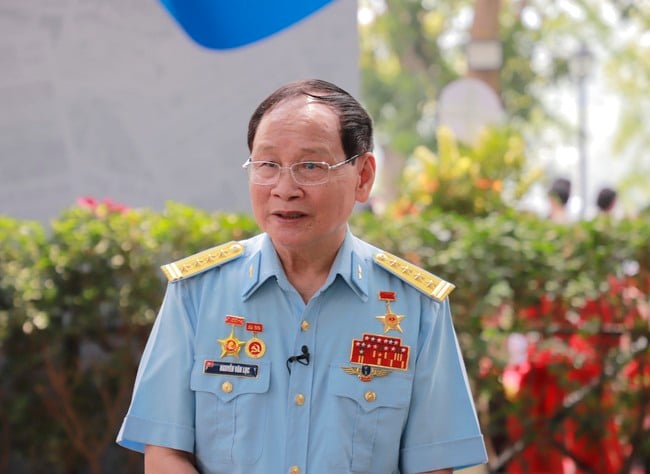
Colonel Nguyen Van Luc, Hero of the People's Armed Forces, commander of the Quyet Thang Squadron, air raid - Tan Son Nhat Airport on April 28, 1975
According to Colonel Nguyen Van Luc, this is a record that the world has not yet achieved, because according to convention, to change aircraft types, pilots need about 6 months, including 2 months of theory and 4 months of practical flying.
"We took off to fight with the highest determination and will, with all the efforts of each pilot as well as other support forces to complete the mission," Colonel Nguyen Van Luc expressed.
At exactly 4:25 p.m. on April 28, 1975, the Quyet Thang Squadron took off from Thanh Son Airport (Phan Rang Airport) to attack Tan Son Nhat Airport. With 18 bombs hitting the target, the enemy was terrified and panicked because of the surprise. The enemy did not understand where the A37 aircraft came from, and their air force and air defense forces were unable to react in time.
In that air strike, our side destroyed 24 planes, killed hundreds of enemies, contributed with artillery to cut off the enemy's last air bridge, creating momentum for our 5 wings to advance to liberate Saigon. The victorious squadron returned and landed safely at Phan Rang airport.
Colonel Nguyen Van Luc emphasized: "The bombing shook Saigon and, more importantly, shook the enemy's will to defend Saigon, causing the enemy to quickly disintegrate, creating conditions for our troops to enter Saigon faster, with less bloodshed."
After only one day, the US was forced to organize an evacuation "campaign" called "Desperado", sending all helicopters to Saigon to pick up American military advisors and the top leaders of the fleeing Saigon puppet army.
Colonel Nguyen Van Luc shared: "The victory in the airstrike on April 28, 1975 was an opportunity for him and his teammates to repay the gratitude of the Party, the State, the army and the people for giving us the opportunity to study and practice combat skills." The victory also demonstrated the remarkable maturity of our army in general and the People's Air Force in particular.
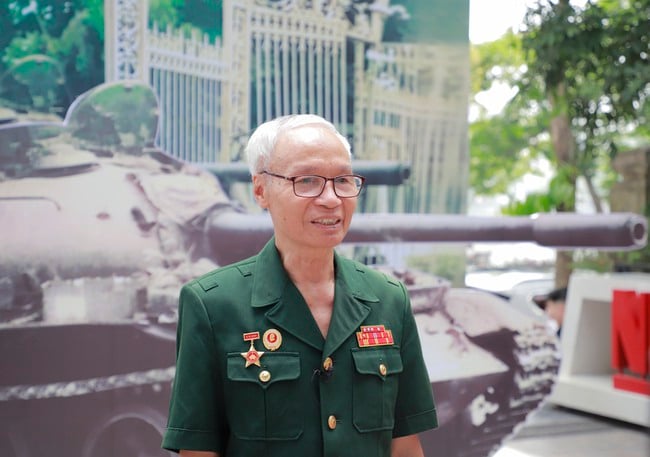
Corporal Lu Van Hoa, driving T54B tank numbered 843, crashed into the side gate of the Independence Palace.
Sharing about the special day of April 30, 1975, Corporal Lu Van Hoa, driving tank T54B number 843, which crashed into the side gate of the Independence Palace, confided: The moment tank 843 crashed into the side gate on the left, followed by tank 390 crashing into the main gate and the moment comrade Bui Quang Than planted the flag of the National Liberation Front of South Vietnam on the roof of the Independence Palace brought the soldiers extremely intense emotions.
"That was an extremely happy and proud moment because when the liberation flag was raised on the roof of the Independence Palace, it signaled the complete collapse of the Saigon puppet regime, the complete liberation of the South, and the reunion of the North and South. We jumped out of the car, hugged each other, and laughed until tears came to our eyes. I thought, this was a lucky thing for us to have the opportunity to witness this historic moment of the nation. We thought that when the country was unified, we would soon be able to return to visit our homeland and families. But deep in our hearts, we all remembered the heroic martyrs, the comrades who fought side by side on the battlefield, who forever devoted their youth to independence and freedom, and the nation did not enjoy the happiness and joy of liberation. In that joy, there were sorrows, memories, and regrets," he said.
Journalist Tran Mai Huong, former General Director of Vietnam News Agency, former war correspondent of Vietnam News Agency in the 2nd Army Corps team present at Independence Palace at noon on April 30, 1975 shared: "As a war journalist, I was present at many fierce fronts such as in Quang Tri, and then went to the Cambodian battlefield. At that time, although I was very young, the memories during my work left many deep impressions on me, and gradually became the spiritual baggage for my journalism career."
Journalist Tran Mai Huong is also the author of the historical photo "Liberation Army tanks entering the Independence Palace - noon on April 30, 1975". According to him, the tank soldiers in the photo I took, later, when the country was at peace, they returned to their simple lives, some grew vegetables, raised fish, some gardened, grew custard apples... But in the great war of the nation, they were extremely brave and optimistic soldiers. They were determined to complete the assigned tasks for the Fatherland, for national independence. They were extremely noble people.
Journalist Tran Mai Huong calls soldiers on the battlefield "those who write history with their own blood in the fire and bullets". What they leave behind is priceless for future generations.
Source: https://bvhttdl.gov.vn/nhung-nhan-chung-lich-su-ke-ve-cuoc-tong-tien-cong-va-noi-day-mua-xuan-nam-1975-20250423163220701.htm






![[Photo] Prime Minister Pham Minh Chinh chairs conference on anti-smuggling, trade fraud, and counterfeit goods](https://vphoto.vietnam.vn/thumb/1200x675/vietnam/resource/IMAGE/2025/5/14/6cd67667e99e4248b7d4f587fd21e37c)













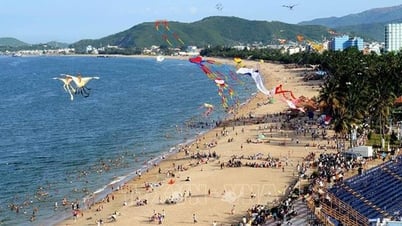
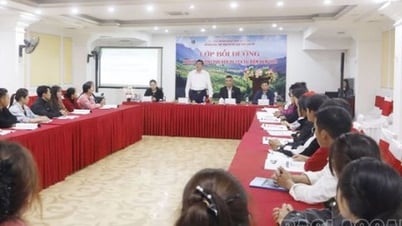

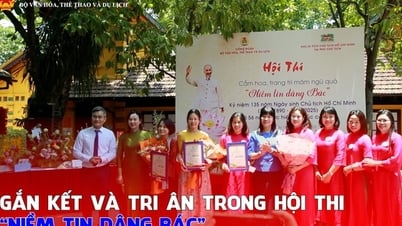
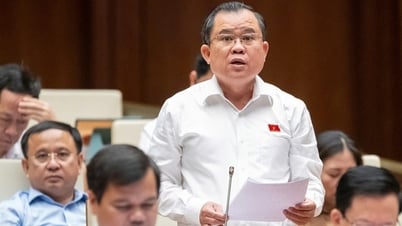













































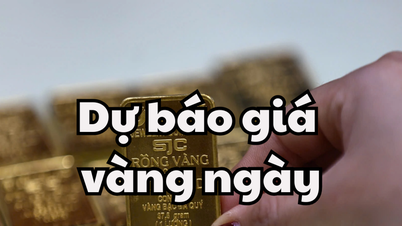





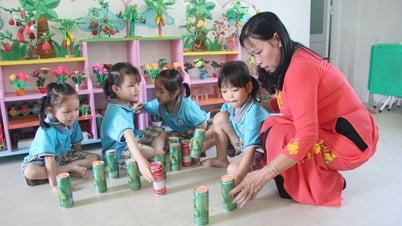









Comment (0)